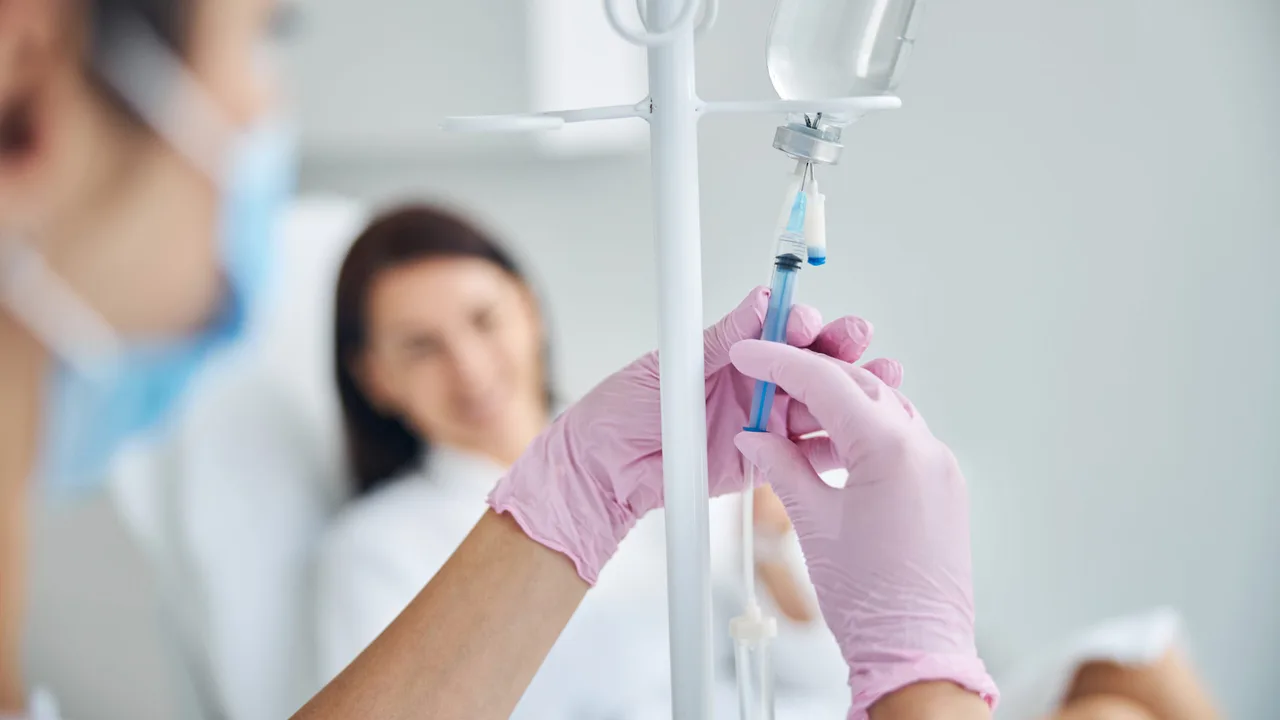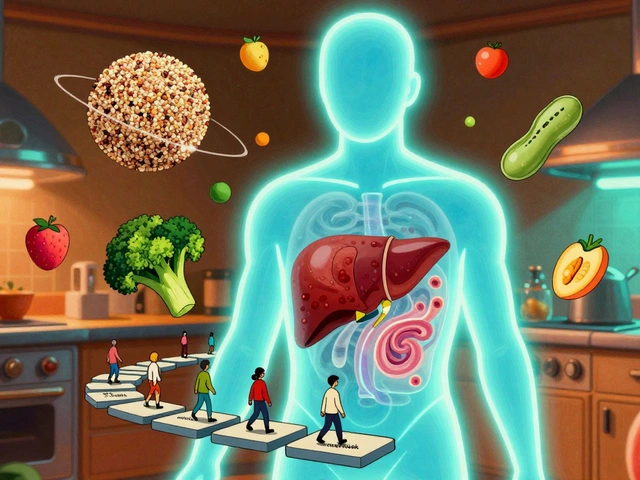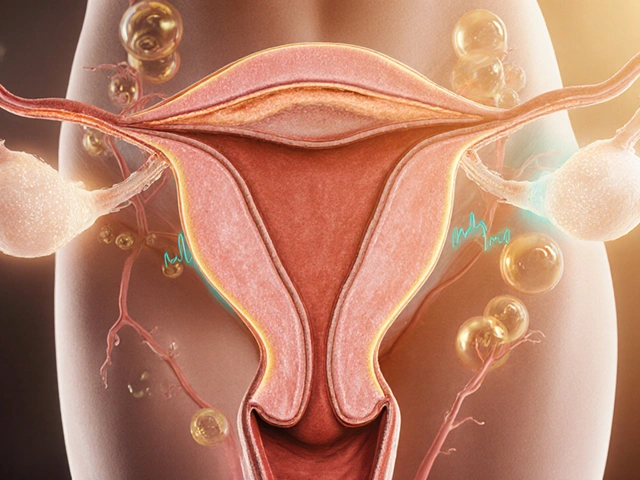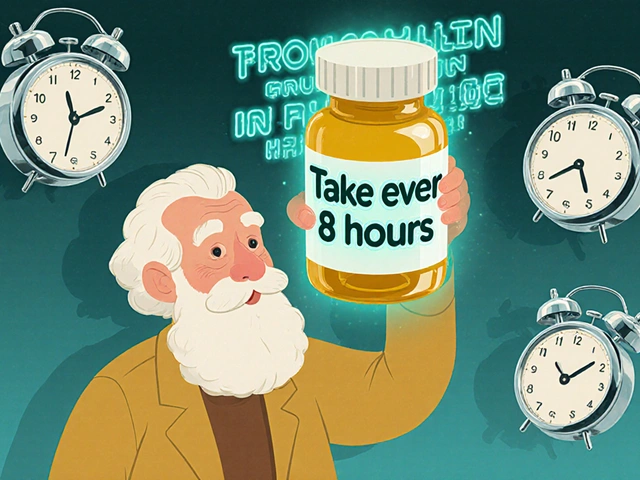Leukemia treatment: clear options and what to expect
Getting a leukemia diagnosis throws a lot at you fast. You want straight answers: what treatments exist, how they work, and might affect daily life. This page breaks down the main treatment choices, how doctors pick them, and simple steps you can take now to make treatment smoother.
Treatment depends on the leukemia type — acute versus chronic, and myeloid versus lymphoid. Acute leukemias often need rapid, intensive therapy to bring the disease under control. Chronic types may be watched for a while or treated with targeted pills. Knowing your exact diagnosis, including genetic tests, makes a big difference in which path your care team will recommend.
Chemotherapy is still a core tool. It uses drugs to kill fast-growing blood cells, often given in cycles. Expect hair loss, fatigue, infection risk, and nausea — but there are effective medicines and nursing strategies to manage those side effects. Ask your team about anti-nausea drugs, growth factors to boost white cells, and infection prevention steps like vaccines.
Targeted therapy attacks cancer cells with drugs designed for specific mutations or proteins. These pills or infusions can work faster and sometimes cause fewer general side effects than broad chemo. If your leukemia has a known target, targeted drugs can be game-changers. Ask whether genetic or molecular testing has been done on your leukemia cells.
Immunotherapy trains your immune system to fight leukemia. That includes monoclonal antibodies and CAR-T cell therapy. CAR-T is powerful for some relapsed or treatment-resistant leukemias but can cause rapid side effects like fever or neurologic changes. Treatment centers experienced with CAR-T can manage these risks, so ask about center experience and support services.
Stem cell (bone marrow) transplant aims to replace diseased marrow with healthy donor cells. It can be curative but carries risks like graft-versus-host disease and infection. Transplants require careful evaluation of fitness, donor matching, and long recovery planning. If transplant is on the table, get clear timelines and a rehabilitation plan.
Everyday care and side effect tips
Keep a simple log of symptoms, medications, and appointments. Prioritize nutrition, gentle exercise, and sleep when possible. Use scheduled anti-nausea meds, report fevers immediately, and avoid crowded places during low white cell counts. Ask your care team about dental checks before starting treatment and mental health support during therapy.
Questions to ask and next steps
Ask: What subtype of leukemia do I have? What genetic tests were done? What are short- and long-term side effects? Is transplant or clinical trial an option? If anything feels unclear, ask for a second opinion or a nurse navigator to help coordinate care. Clinical trials offer access to new treatments; ask your team if any are relevant.
Leukemia care is personal and often involves multiple specialists. Keep copies of test results, bring a family member to appointments, and get help with logistics when treatment ramps up. With clear questions and a supportive team, you’ll make better choices and manage treatment day by day.
 8 November 2023
8 November 2023
The Role of Intravenous (IV) Therapy in Leukemia Treatment
Hi there, I'm getting into a pretty heavy topic today - the role of intravenous (IV) therapy in leukemia treatment. It's a critical component that makes a huge difference in patient recovery. Through this post, I'll shed some light on how IV therapy works, its importance, and why it's a preferred method for cancer care. Join me as we delve deeper into understanding this approach in our fight against leukemia.
Latest Posts
-

Buy Generic Lipitor Online Cheap: Safe Options, Prices & 2025 Guide
-
Unlock the Power of Alfalfa: The Ultimate Dietary Supplement for a Healthier You!
-

Prediabetes Reversal: Lifestyle Changes to Prevent Type 2 Diabetes
-

How Estrogen and Progesterone Regulate Ovulation & Menstruation - A Complete Guide
-

How to Use Label Information to Set Accurate Medication Reminders

13